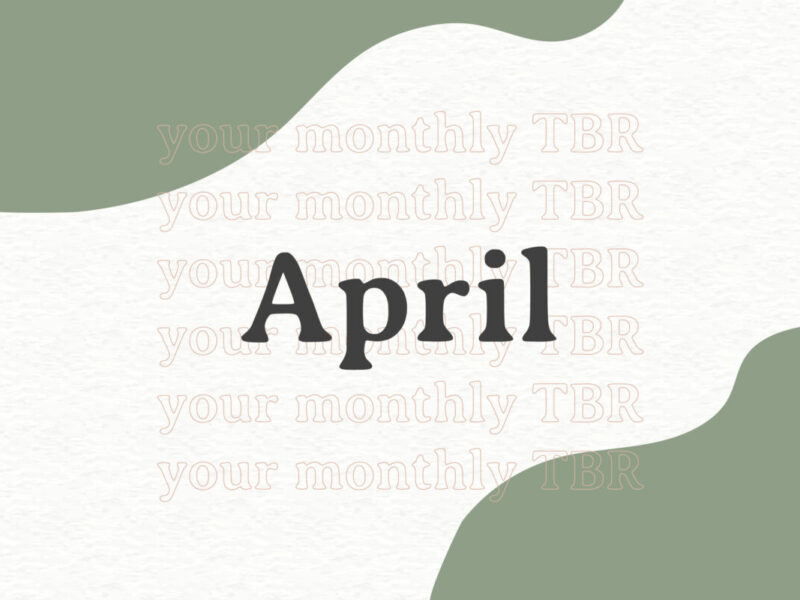How to Write a Poetry Chapbook
You may have seen their cute spines and artistic covers, or you may have fit them nicely into a large pocket or purse for perusal. Chapbooks may be small, but their emotional connection with readers is mighty. They’re easy to finish in one sitting and a great way to introduce readers to your work. If you’re approached by admirers of your poetry after a public reading, you can easily share your chapbook to keep your work top-of-mind and help them remember your name.
Chapbooks also provide a sample of your writing to publishers and literary agents. You can prove you have an audience using the sales of your chapbook, or you can send them a copy if they request to see your work. As they are cheaper to make, chapbooks are a low-cost way to self-publish and distribute your work. Pursuing publication with an independent press is also a great option for those who would prefer to work with an editor.
For most poets, chapbooks mark the first time they become published authors, so learning how to write one is rewarding. Below are strategies and steps for crafting, creating, and organizing your poetry chapbook.
COMPOSE POETRY BASED ON A THEME
Thematic collections are like concept albums; they develop a theme. Like an album of music, you may hear similar tones, but each song explores the theme differently. Popular themes are love and death—universal subjects anyone can relate to. You can look at a list of literary themes if you need guidance or a place to start.
Another way of choosing the theme of your chapbook is to think of a topic you are passionate about. When you love writing about a subject, you will be motivated to revise, edit, and read the poems as many times as necessary. Remember that you will be looking at this book for a long time, so choose wisely.
SELECT NO MORE THAN 40 PAGES OF POETRY
The length of a chapbook is flexible but should include no more than 40 pages of poetry. A full-length collection begins at 50 pages of poetry, so a chapbook has to be shorter. Collections with 10 or fewer pages are considered micro chapbooks, but details aside, chapbooks are always known for their brevity.
ARRANGE THE POEMS
Print the poems, and spread them out on the floor. Be playful with arranging them. Try out different arrangements, read the chapbook in its entirety, and then add or remove poems from the collection. Reread the chapbook with every new arrangement.
You can arrange the poems by theme and/or form. Does your chapbook include only sonnets? Make sure to choose sonnets related to your theme. Because a chapbook is so short, you don’t have enough space to delve into different subjects. Exploring only one theme will give your work depth despite the length limitation.
Once you have an arrangement you like, choose what you think is the strongest poem, and make that the first poem in the collection. The first and last poems of a collection are the most important because readers are inclined to remember these poems best, with more limited recall of what’s in between.
When arranging the pages, make sure to analyze how the poems relate to each other. If there is a poem that doesn’t connect with the chapbook’s theme, don’t include it, as it’ll stand out. It’s important you learn to let go of what isn’t serving the book. Remember that nothing is lost: You can always publish the poem in a future collection or in a literary magazine.
ALLOW TIME AND DISTANCE FROM YOUR CHAPBOOK
When you’re editing your chapbook, time is essential in creating emotional distance from your work. When you complete a poem, you are immersed in what you’ve written—but if you wait a month, or even a year, to read that poem again, you will see it in a new light, and it’ll be easier to revise. This is known as “killing your darlings,” which basically means that you need to know what doesn’t belong in your poem or collection, even if you are emotionally attached to it.
It’s not easy to be patient when revising and publishing your work, but sometimes time and distance are essential. This was very true in my experience. When my grandfather passed away in 2014, I wrote many poems to process his passing. I didn’t intend to include them in a book, or to even publish them. I simply wrote for the act of self-expression, catharsis, and healing. My way of processing the world is through writing, and I needed to write these poems to capture my reflections on loss, grief, and mortality.
I put my chapbook away for many years, and then in 2020, I sent my chapbook to a feminist poetry press, and my work was accepted for publication on my first try. It’s the easiest experience I’ve ever had with publishing, which is usually a game of submission and rejection. What I learned from the experience is that it’s not necessary to publish your chapbook right away. Writing a chapbook can be a natural process; try not to force it. What’s important is giving your work time to grow and allowing the poems and theme to emerge naturally.
PROOFREAD AND EDIT
When it comes time to revise and edit your chapbook, you can ask yourself if you’ve sufficiently explored and developed your theme. Whether it’s a narrative or lyrical collection, ask yourself if the book is complete. Then you can edit the book by making “macro” and “micro” decisions. Macro choices focus on the book as a whole, such as the title, the arrangement, and the tone and style of the chapbook, and micro focuses on the individual poems themselves: their stanza breaks, their line lengths, etc. After you’re done with this work, you’re ready to proofread. Proofreading is the last step; since many poems will change, you don’t want to proofread material that will later be discarded or revised.
Crafting and creating a chapbook is a fun journey for both novice and experienced poets because it challenges us to explore one theme within a limited space. Chapbooks may be small, but they are worthy of our time. The creativity, wonder, and innovation that can emerge from writing a chapbook are well worth the effort. Like Yoda says to Luke in The Empire Strikes Back: “Size matters not.”




